14 Interesting Facts About Stars You Never Knew (2024 Updates)
Last Updated on
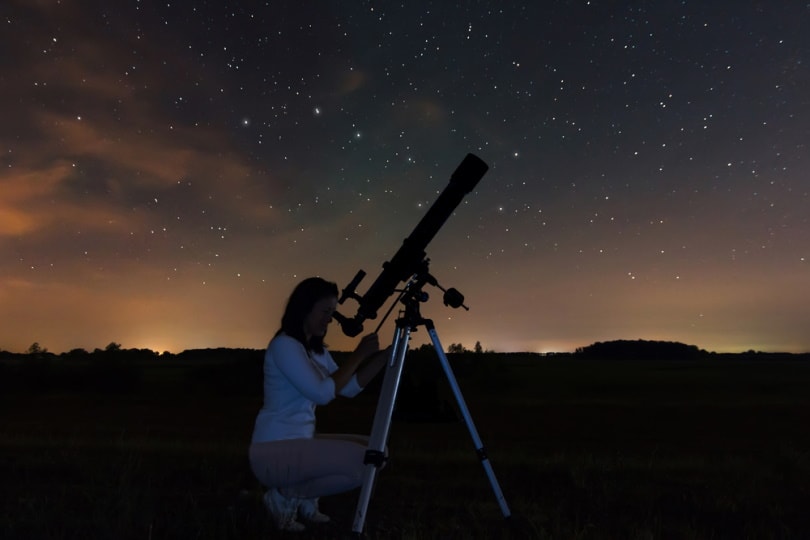
Most people spend most of their time with their gaze firmly rooted below the horizon. But when you look up, especially at night, a whole new world emerges. You can see thousands (not millions) of stars way up above, which may lead you to have plenty of questions and observations.
There’s so much to learn about space and stars that sometimes it’s best to dive right into the most interesting facts. Here are 14 interesting facts about stars that you might not know about.

Top 14 Facts About Stars
1. Some Visible Stars Are 19 Quadrillion Miles Away
Did you know that you can see things up to 19 quadrillion miles away?
You can see stars like Deneb when you look up at the night sky, and that star sits anywhere between 2,600 and 3,000 lightyears away. It takes a bit of math to figure out the 19-quadrillion miles, but that’s roughly what 2,600 light-years equates to!
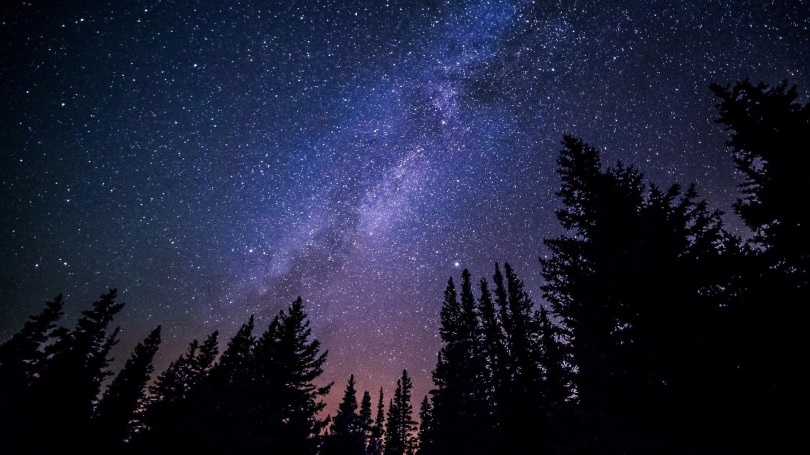
2. There Are 100 Billion Stars in the Milky Way
While we tend to focus on one star, the sun, the truth is that it’s one of many. According to the European Space Agency, there are over 100 billion stars in the Milky Way alone.
That’s a ton of stars in just one galaxy! The sun can still be our favorite, of course!
3. There Are 200 Billion Trillion Stars in the Universe
Estimates vary depending on the study and information that the person making the estimate uses, but there are many galaxies in the universe. Sky and Telescope estimates that there are about 2 trillion galaxies, and the European Space Agency uses this number to estimate that there are 200 billion trillion stars in the universe, or 200 sextillion. That’s 200 with 21 zeros after it. That’s so many stars!

4. You Don’t See Millions of Stars
With so many stars out there, you might expect that you can see millions of them every time you look up at the night sky. But you can’t actually see nearly that many.
Without binoculars or a telescope, you can only see about 6,000 stars. That just goes to show how incomprehensible the universe really is.
5. Stars Show Us the Past
While light is the fastest thing in the universe, the universe is really big. Even traveling at 186,000 miles a second, light from a star can take thousands of years to reach Earth. Since each star is a different distance from Earth, each one shows us a different time frame of the past.
Since everything also moves in space, the universe that you’re seeing is a representation that has never been completely accurate!

6. Stars Don’t Twinkle
“Twinkle, Twinkle, Little Star” might be a popular children’s song, but stars don’t actually twinkle. It appears that way because of the way that light interacts with the Earth’s atmosphere. This interaction can create a twinkling effect, but it’s not something that the stars are actually doing.
7. There Are Different Ways to Classify Stars
While we’d love to tell you just how many types of stars are out there, the truth is that it all comes down to how you classify them. Some organizations choose to classify stars by their temperature, and there are seven of those classifications: O, B, A, F, G, K, and M.
However, you also have dwarf stars, neutron stars, giant stars, supergiants, variable stars, etc. You can even count black holes as stars because they’re what happens when a star gets too big. You can also break down some of the other classifications, like dwarf stars. There are brown dwarfs, white dwarfs, black dwarfs, yellow dwarfs, and red dwarfs.
With so many classifications, it’s up to you how you want to narrow them down!
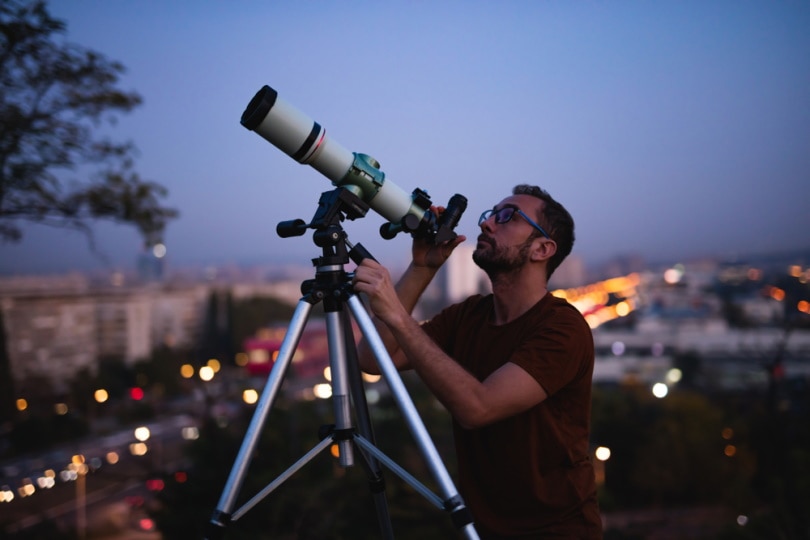
8. The Sun Is a Dwarf Star
Our favorite star, the sun, is actually a dwarf star. More specifically, it’s a 4.5-billion-year-old yellow dwarf star. Eventually, the sun will expand into a massive yellow giant, then a red giant, before contracting back down to a white dwarf, and eventually, a black dwarf.
Interestingly, the sun will never expand into a supernova because it simply doesn’t have enough mass.
9. All the Stars That You See Are Larger and Brighter Than the Sun
It takes quite a bit of light to travel across millions and billions of miles, which means you can only see the biggest and brightest stars without any binoculars or telescopes. In fact, our sun wouldn’t make the cut if we were on a nearby exoplanet.
That’s why all the stars that you can see in the sky without any aid are all bigger and brighter than our sun. The sun might seem big to us, but compared to the other stars, it’s actually quite small.
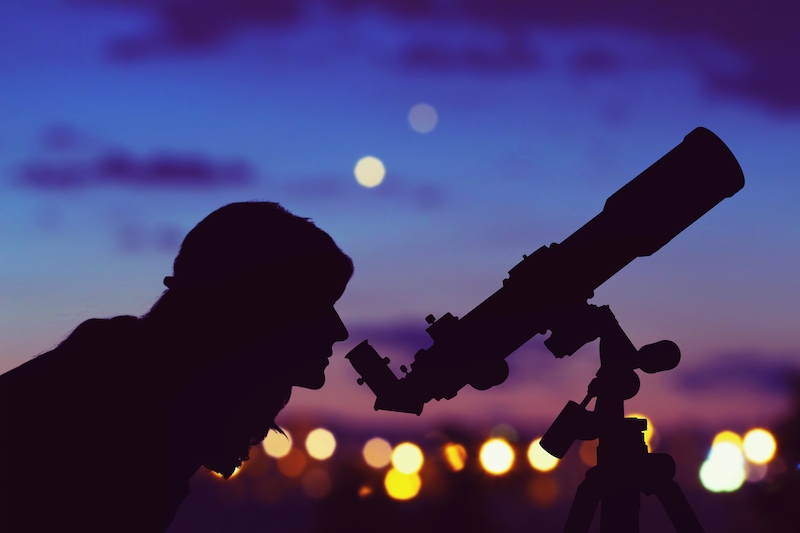
10. Some Stars Are Between 12 and 18 Billion Years Old
Stars burn for a long time. In fact, stars around the size of our sun live somewhere between 12 and 18 billion years before they start to die off.
According to NASA, the universe is somewhere between 12 and 14 billion years old, so most stars are still burning.
11. The Most Common Type of Star Is a Red Dwarf
Red dwarfs are only about 40% of the mass of the Sun, but they’re by far the most common type of star in both our galaxy and the universe. Furthermore, about 80% of all stars in our galactic local neighborhood are red dwarfs.
Since they’re smaller than the Sun and not as bright, you can’t see a single one without binoculars or a telescope!

12. The Larger the Star, the Shorter It Lives
While large stars might be easier to see with the naked eye, the larger a star, the shorter it will live. It might have more energy to begin with, but it burns through it faster, and the result is a significantly shorter lifespan.
For reference, scientists expect the Sun to burn for 10 billion years, but a star the tenth the size of the Sun would burn for trillions of years.
13. Shooting Stars Are Not Stars
Talk about a misnomer! Shooting stars have nothing to do with actual stars; instead, they’re small bits left behind by meteors that the Earth passes through. They light up the sky like stars, though, so it’s no wonder that they got their name from them.
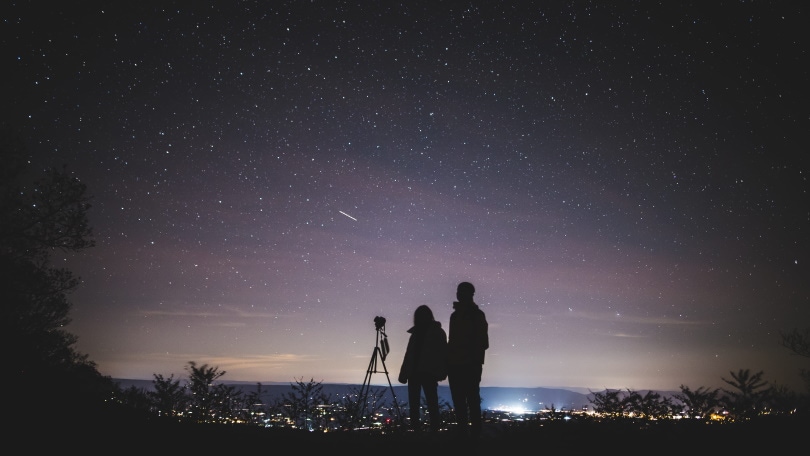
14. The Hottest Stars Are Blue
While we tend to think of hot things as being red, the truth is that red is the coolest color on the thermal spectrum. A red fire is hot enough to burn, but the hottest part of the fire is the blue flame at the core.
This is true for stars too. The hottest stars in the universe appear blue when we look at them, while the coolest stars are red!

Conclusion
Stars are among the most interesting, plentiful, and important aspects of our galaxy and the universe, and there are tons of interesting facts to learn about them.
Hopefully, now that you know more about the fiery orbs filling our universe, you can explore your interest in stars and the night sky further!
Featured Image Credit: Allexxandar, Shutterstock
Table of Contents
- Top 14 Facts About Stars
- 1. Some Visible Stars Are 19 Quadrillion Miles Away
- 2. There Are 100 Billion Stars in the Milky Way
- 3. There Are 200 Billion Trillion Stars in the Universe
- 4. You Don’t See Millions of Stars
- 5. Stars Show Us the Past
- 6. Stars Don’t Twinkle
- 7. There Are Different Ways to Classify Stars
- 8. The Sun Is a Dwarf Star
- 9. All the Stars That You See Are Larger and Brighter Than the Sun
- 10. Some Stars Are Between 12 and 18 Billion Years Old
- 11. The Most Common Type of Star Is a Red Dwarf
- 12. The Larger the Star, the Shorter It Lives
- 13. Shooting Stars Are Not Stars
- 14. The Hottest Stars Are Blue
- Conclusion
About the Author Robert Sparks
Robert’s obsession with all things optical started early in life, when his optician father would bring home prototypes for Robert to play with. Nowadays, Robert is dedicated to helping others find the right optics for their needs. His hobbies include astronomy, astrophysics, and model building. Originally from Newark, NJ, he resides in Santa Fe, New Mexico, where the nighttime skies are filled with glittering stars.
Related Articles:
Can You Use Binoculars to Look At Stars? How to Choose the Right Pair
15 Crucial Facts About Ultraviolet Rays & the Sun
What Constellation Is Spica In? The Interesting Answer!
10 Interesting Leo Constellation Facts, Myths, and FAQs
15 Interesting Pegasus Constellation Facts, Myths, and FAQs
6 Interesting Sagittarius Constellation Facts, Myths, and FAQs in 2024!
What Are Constellations? Where Did They Come From?
8 Interesting Libra Constellation Facts, Myths, and FAQs
